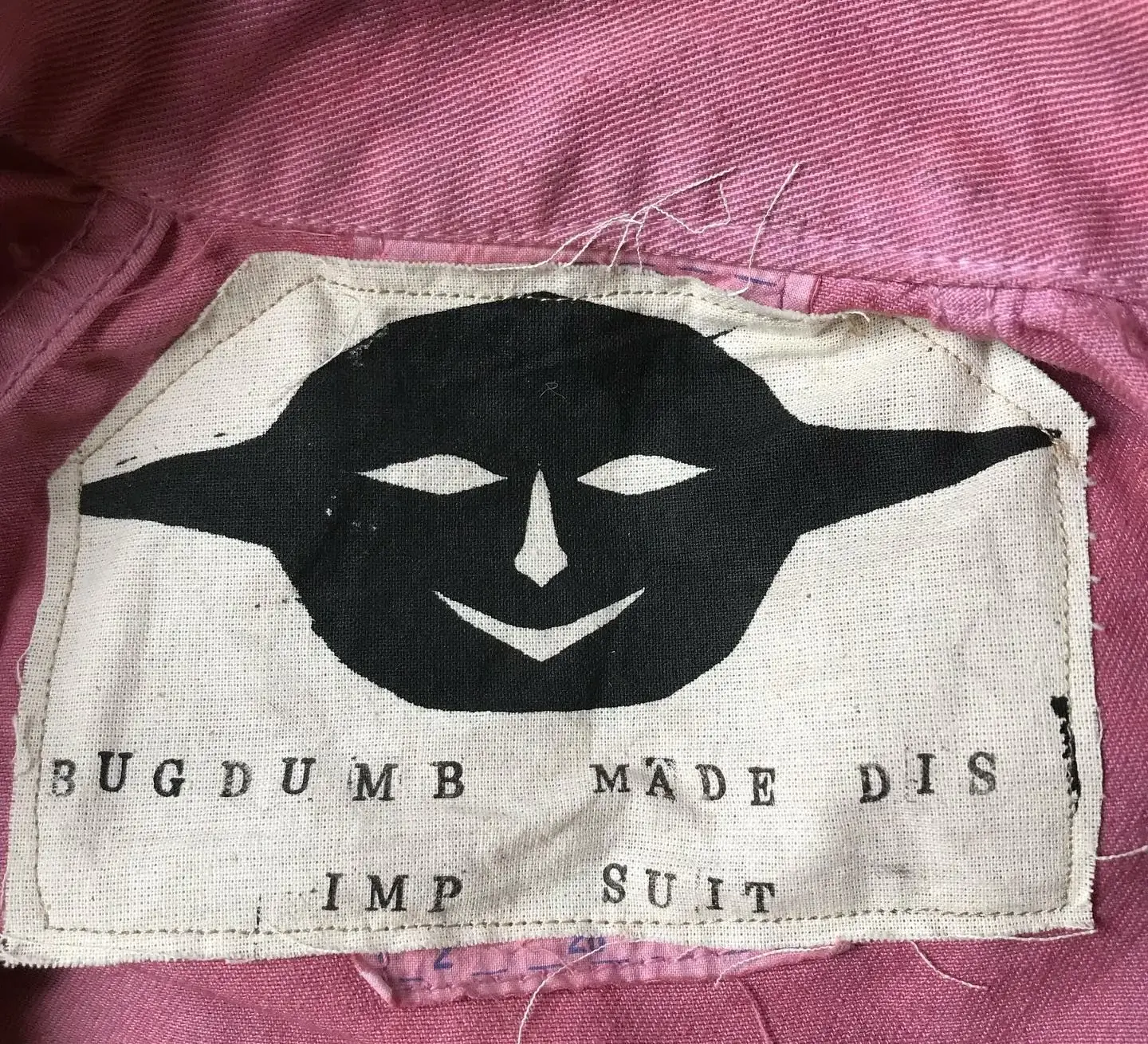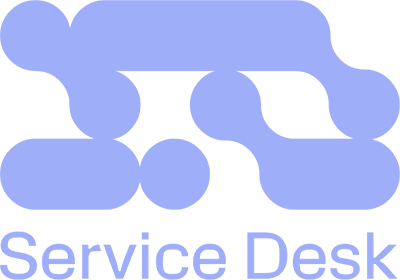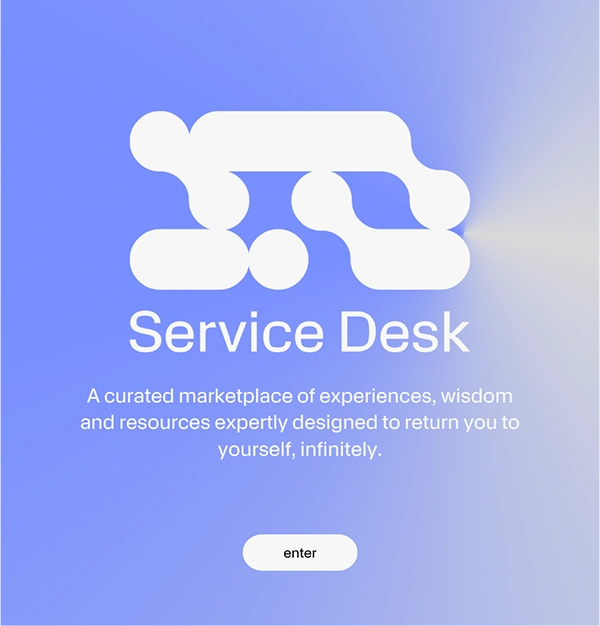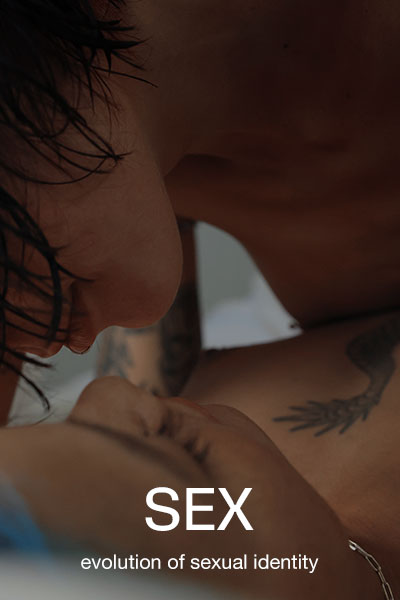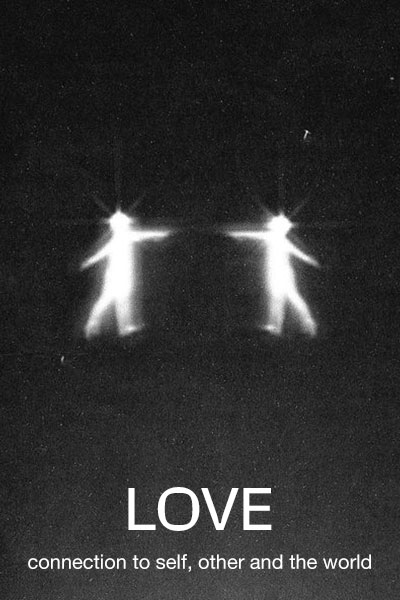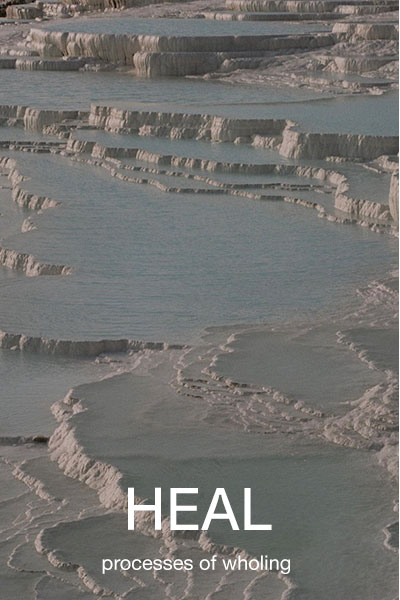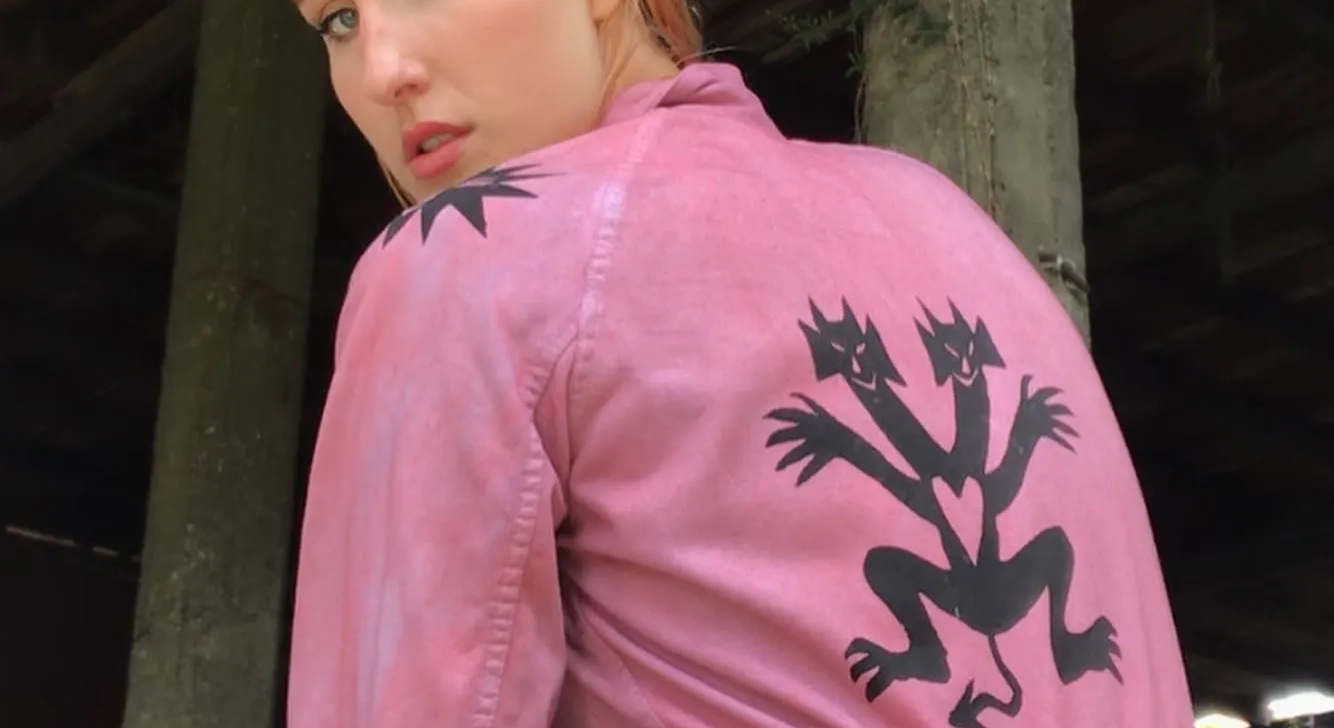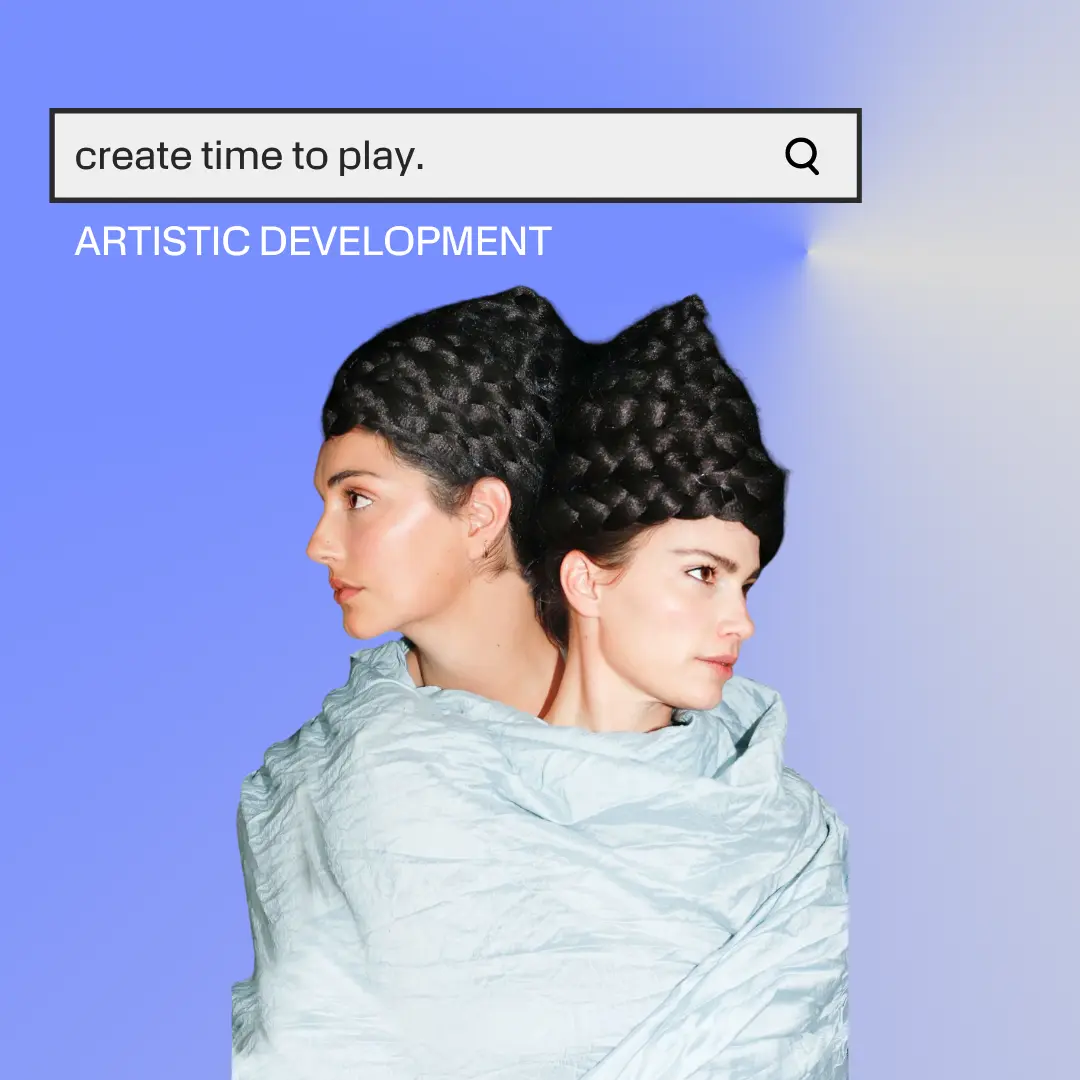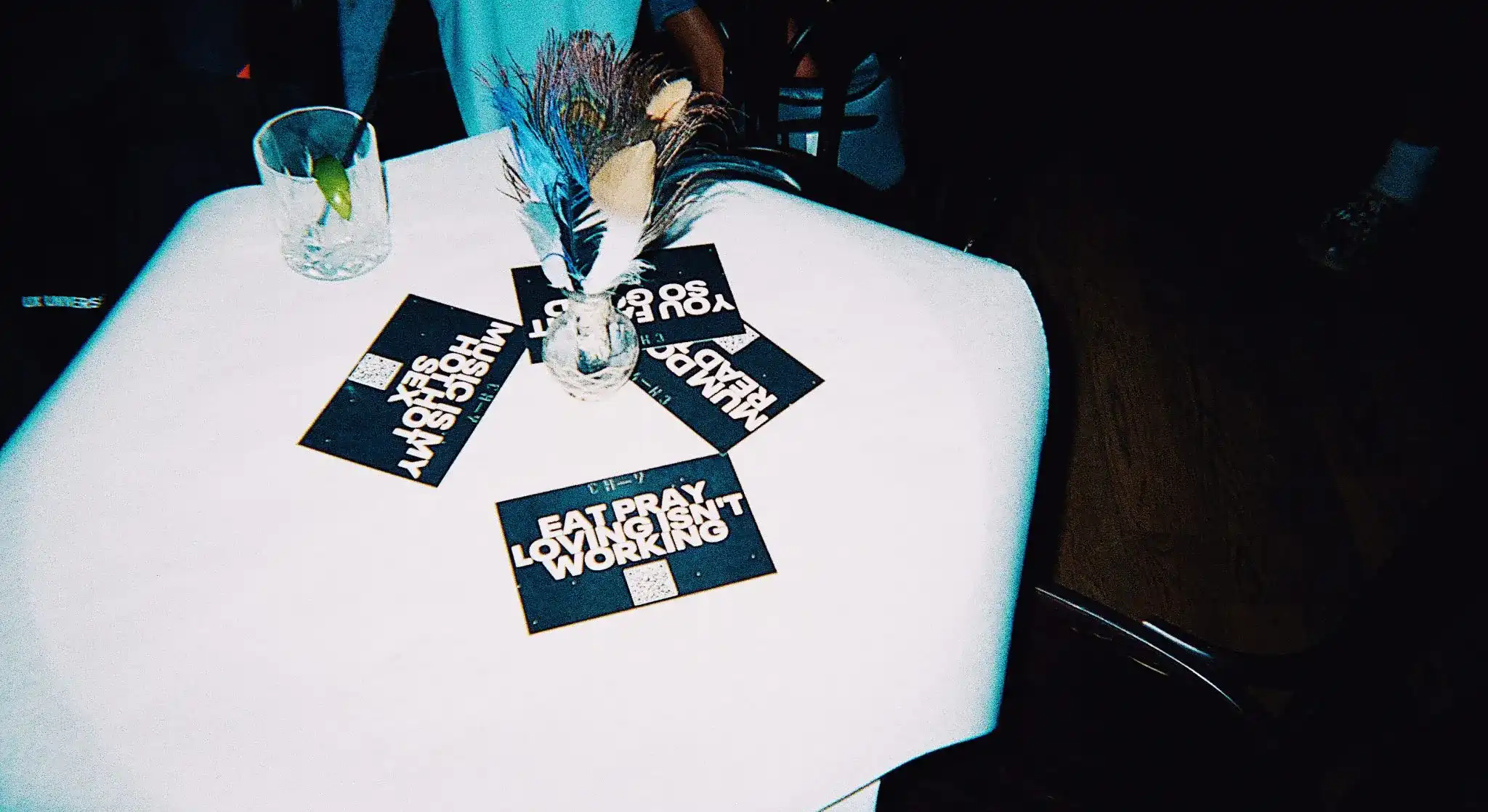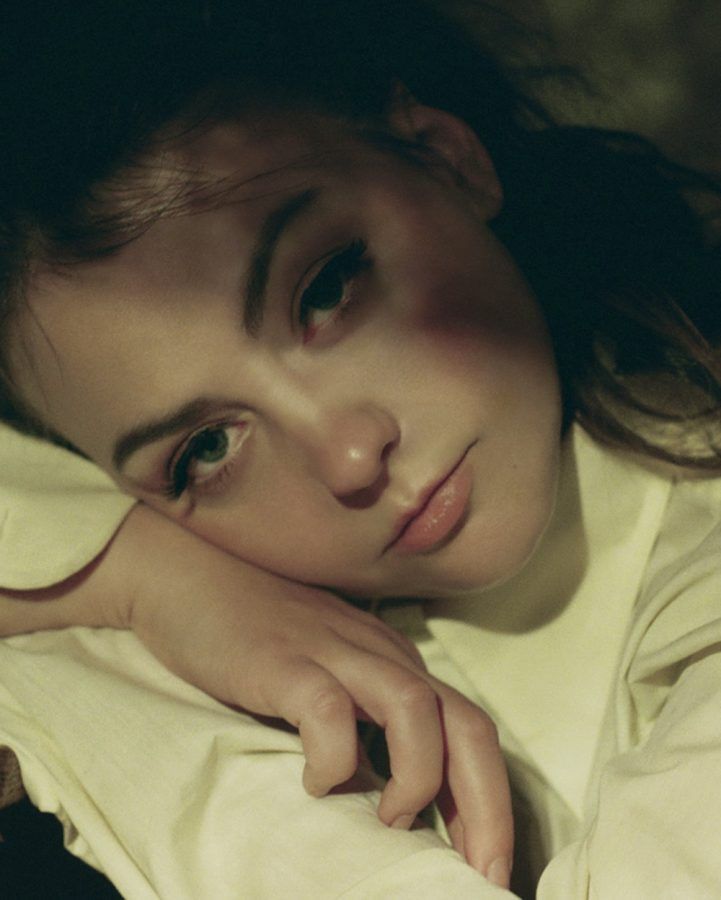OLIVIA CHAPMAN WANTS TO BE OFFLINE
IN CONVERSATION WITH THE AUSSIE ARTIST AND PRINTMAKER BEHIND BUGDUMB.
Olivia Chapman creates under the moniker Bugdumb, after the 1999 video game on the classic Mac OS. As a self-taught artist in Brisbane, her body of work ranges from prints to wearable items. Liv’s screen-printed coveralls prove to be one of the most coveted items from her store—never taking too long to sell out. Her unmistakable style chronicles grinning creatures—apples, worms, spiders, witches, ghosts, flowers—coexisting perfectly in their dream world. Although the words ‘childlike’, ‘mischievous’, or even ‘sinister’ may come to mind while looking at her art, arguably, a better word to encompass Bugdumb would be ‘alive’.
Perhaps Liv’s carefree whimsical style can be attributed to her having worked at childcare, or—in her own words—boy culture entering her world via her older brother. One of her prints says, ‘GO OUTSIDE AND PLAY / JOY IS EVERYWHERE’. Another one says, ‘I AM ON EARTH TO PLAY AND LEARN THEN PERISH’. Despite the fantastic elements of her work, she likes to remind her audience of the ephemerality of existence and the importance of staying grounded in the here and now.
Liv’s creatures have been adopted by local Australian bands, such as Moaning Lisa and EGOISM, to adorn their merch. Most recently, Liv had an exhibition for Kingdumb, her collaboration with artist and close friend Thomas King.
As soon as we walked into my apartment for the interview, Liv was occupied with an abstract purple painting hanging above my living room couch. I explained that it had come with the place. She admired it, noting its ‘80s quality and ‘amazing’ texture. I had been meaning to replace it with an artwork that’s significantly less ugly, but she saw some kind of beauty in it that might be worth holding onto.
Can you tell me about your art process? What’s your favorite part of it?
There are two different types of work I make, I guess. There’s work I make on commission, which feels very commodity-based. I print on jumpsuits or clothes that I know people will buy, but it doesn’t necessarily feel super intimate. That type of work is like, If I put this out, someone will buy it. I need to pay rent and I need to eat.
But things like my prints or the work that I do with Thomas as a collaboration really come from a different place—and so it’s a different process. I suppose that process is like any artist’s—it’s the things I want to tell myself for other people. I usually think of an idea or statement that resonates with me and make something around it. To be honest, I’m not very good at computers, so I usually draw everything and scan it. Then I do some really bad photo editing, make it into a silkscreen, and print it.
It’s interesting that the first thing you said was to make something that someone else will buy. Can you talk about that more?
I’ve had little pockets of people who want just the jumpsuits, and then others who want other things I create. I try to create things that will make me money but also make me feel like [I’m] not just a big sellout.
I talk to a lot of my friends who make art about how—with the advent of Instagram—being an ‘Instagram artist’ implies such a different reality to what being an artist meant a few decades ago. Nowadays, it seems like you have to be on Instagram or other social media to create this bridge of accessibility to people.
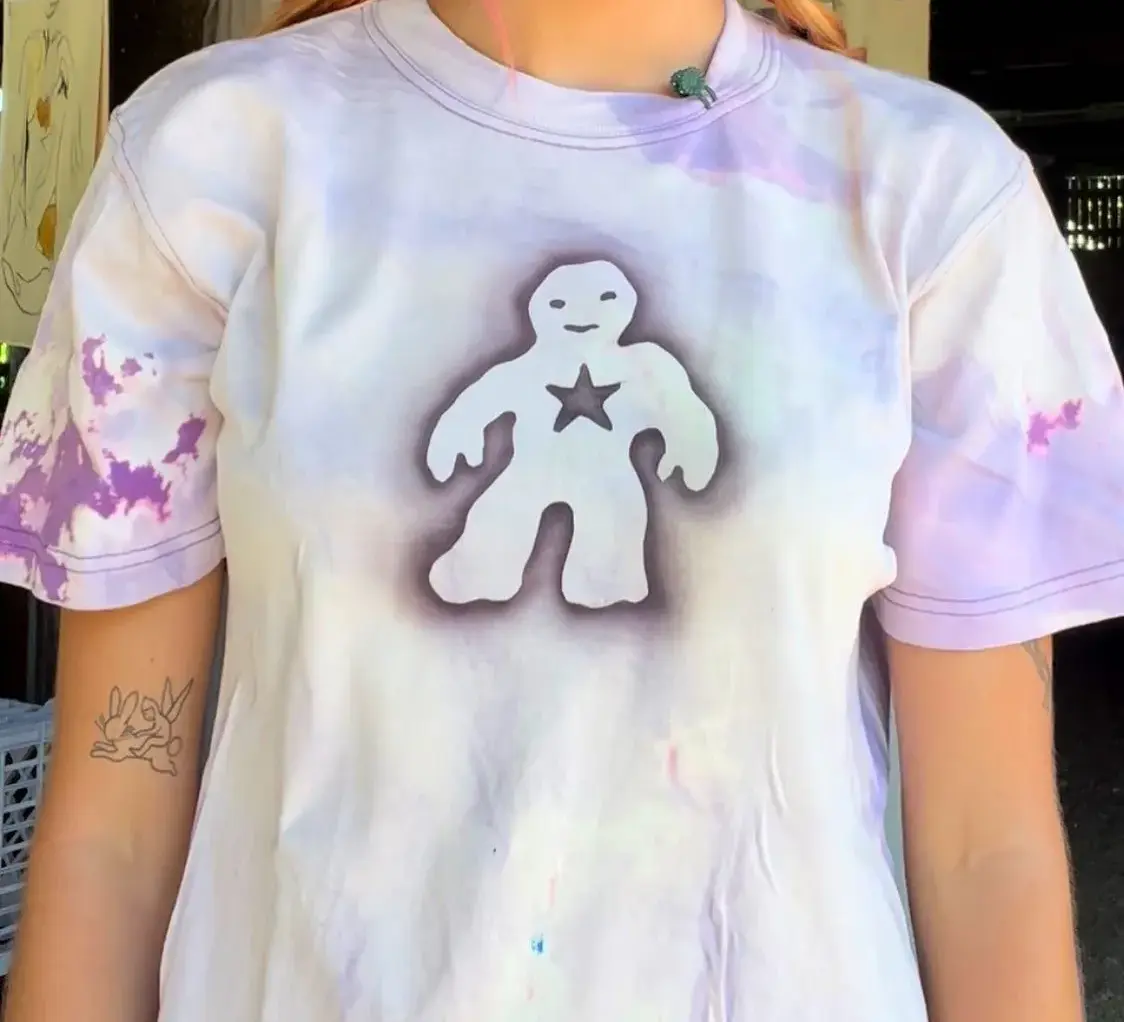
How does the pressure to be online affect you as an artist?
It almost feels like Bugdumb is a weird persona that I don’t feel attached to. Believe me, I don’t want to post a picture of myself once a week. Sometimes I have to be like, It’s okay; It’s just my body. My body is a way for people to access my art. A photo of me wearing the suit always sells it quicker.
I don’t want my friends to over-identify with me in the way I make my art online and conflate it with my true nature. I don’t want them to go on my Instagram because it feels so depersonalized. It’s such a private part of myself and it’s publicized on this platform, accessible to anyone at any time to look through.
I had this dream a few months ago where I died and I went to heaven, and God is like, “Do you wanna see your life?” Then he showed me my life, and it was just me with my hand holding my phone. [laughs]
The majority of your followers are international. Have you noticed that?
Yeah, I’ve noticed that a lot of people who buy the jumpsuits are from California. I don’t know what happened there—the algorithm did something.
Did your garment-based work come first, or did you figure out early on that it would sell, so you keep making more?
I used to print on t-shirts, and as soon as I started making clothes, people were more inclined to buy it. I find that a lot of people prefer to have the art be a part of their identity. Instead of putting it on the wall, I think some people like to exhibit the art through wearing it. So I thought, Okay, there’s money in it. I don’t mind it—I think I just got a bit cynical over these few years. I need to be more thankful that people connect with my art that way.
Sometimes I think, Is it just that they want a fashion item and not my art? [But] they are buying it because it’s my art, not just because they like the jumpsuit. The things I’m printing on the jumpsuits are my artwork, and wherever those particular images end up, they are still meaningful. It’s still something I created with my hands.
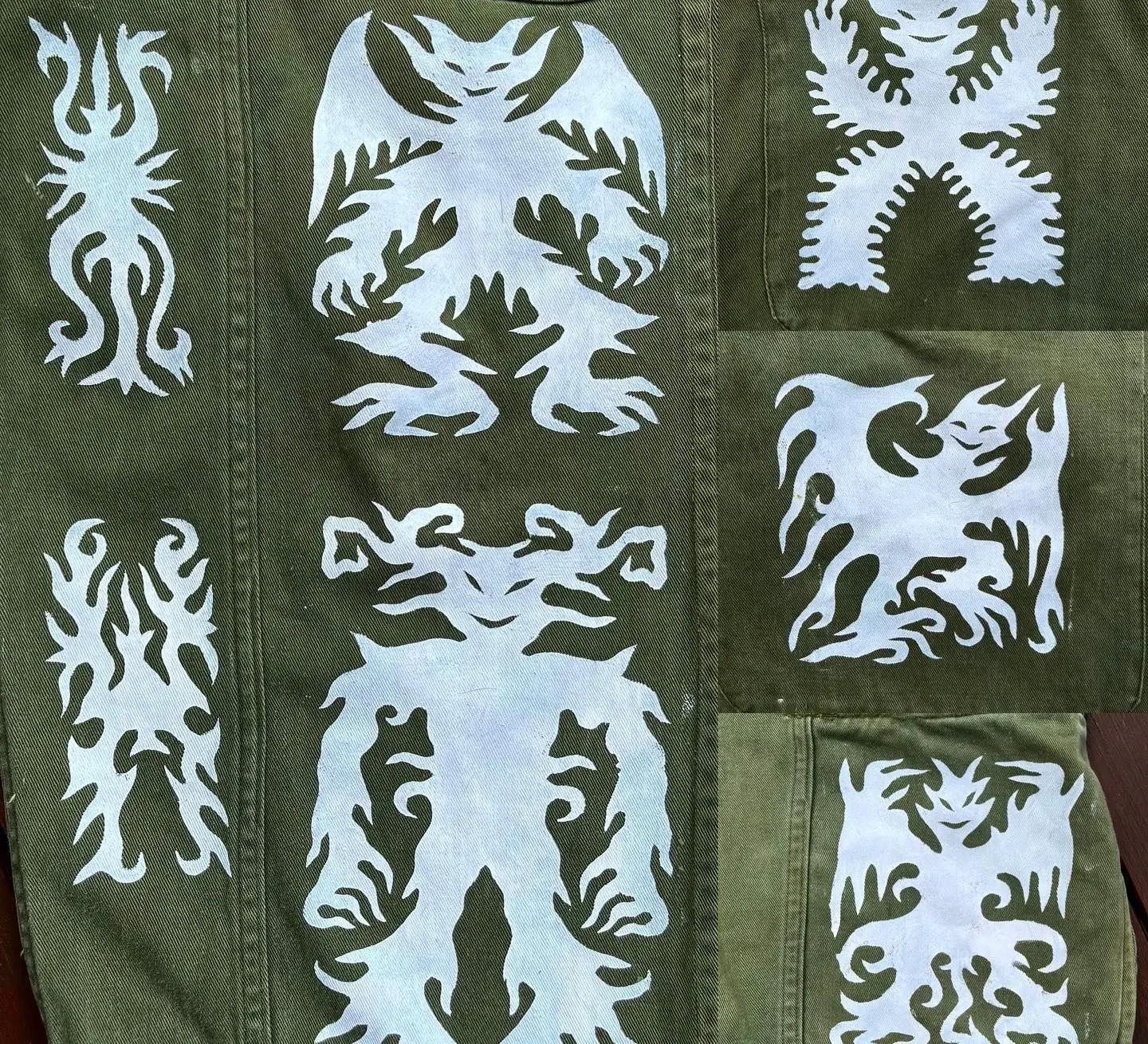
With the emergence of fast fashion, people tend to have a warped idea of how much labor costs. As someone who works with garment, do you ever feel that you’re undervaluing yourself?
Yeah, totally. I don’t want to just print on polyester… So if I source the jumpsuit—say, a vintage aviation suit from the 70s—that’s usually $80. And then my labor—you’re right. I like to pay myself $30 an hour. I could work at JB Hi-Fi to get paid that much, you know?
It’s as much a physical endeavor to print my art as it is to conceptualize and think, What is the body of the design going to look like? [But] some people just want this affordability that comes with cheap labor and mass production. We’re trying to go against that.
I think every artist struggles initially with valuing their art. I used to apologize to people when I would not get things printed really crisp. If I left a little smudge on the sleeve, I’d knock off $40. Things like that. It took a long time for me to be like, No, [my rate] is not good enough. It’s handmade, so there are going to be marks from the fact that I’ve made it.
Your art is one of a kind and harder to replicate, but have you had big corporations run with your work?
That’s like my nightmare. I’m kind of holding out and waiting for the day that it happens… Someone actually commented on my post saying, “Can’t wait for Aliexpress to [replicate your art]”. I think they meant it as a joke, but I was like, Don’t say that!
It’s such a tricky place to work from. I’m making art that’s deeply personal—it’s like a piece of my soul. Then I think: What is the danger I’m running by exposing this idea to the predatory eyes of conglomerate businesses? They can see the stats on this, that it’s getting popular, then they think they can probably mooch off of it. It happens to so many artists I know. What can you do if it’s a massive company like that? Pick your battles, I guess.
Let’s talk about your exhibition with Thomas at Practice Studio, because it’s your first collaborative exhibition together.
It’s kind of the first show that I’ve done. I’d been in a few group shows, but I hadn’t ever had a show that was solely my work, and neither had Tom. It was so special to share it with him.
Everything in that show is something that [Thomas and I] took turns drawing. There were even moments where he would draw something and I would finish it for him. My friends have said to me that [Kingdumb] feels like a whole new artist that’s not [us]. It’s true. It’s like our little baby—it’s got both of our genes but it’s neither of us. Together we make such a unique, specific version of our work. It was cool to collaborate with him and I hope to do it for as long as possible.
I FIND THAT A LOT OF PEOPLE PREFER TO HAVE THE ART BE A PART OF THEIR IDENTITY. INSTEAD OF PUTTING IT ON THE WALL, I THINK SOME PEOPLE LIKE TO EXHIBIT THE ART THROUGH WEARING IT.
BUGDUMB
To you, what’s the difference between working alone and collaborating?
For me, a collab is almost like finding the right person to date, but in a platonic way. If someone’s creative vision makes perfect sense and clicks with yours, it’s almost like you reach this new height of intimacy and connection.
Do you like sharing your process or do you feel more comfortable working in silence?
You do need a lot of trust from that person to allow them to see versions of your idea that are not fully-fledged, before they take a shape that you feel more comfortable with.
With different people that I make art with, my process slightly changes. If you go to their house, listen to their music, and integrate into their routine, it forces you to challenge your own way of making art.
Any other exciting collaborations coming up?
Practice Studio has asked Tom and I to create something for Brisbane Fashion Festival. Someone is going to wear our art on the runway. It feels legit. That’s next month—I have to get crackin’ on that.
How much does Brisbane influence your art?
We’re really lucky to live in such a lush, beautiful, and diverse part of the world. I know that people hate it about Queensland, but I think the world of insects here is so amazing. I love bugs! There’s such diversity even in your own backyard in the inner city. If I’m feeling really stressed, I would decompress by going to look at what the bugs are doing. They are so good for putting things into perspective.
When you see one in your house, you think, Oh my god, the floor right now must be an insane landscape to this bug. The whole carpet would be the Sahara desert. And [to them], I’d be this giant just staring from the corner of the room.
What practices keep you going?
Outside of Instagram? [laughs]
Well, lots! I like to have routines. Obviously, I try not to go on my phone as soon as I wake up. I go to the studio, and now I’m doing printmaking in university. I’ve started doing jewelry courses as well. I’m really liking it. I also have a lot of friends that I’ll make art or hang out with. We would just spend the day making something, or just chilling and talking. That’s holding me to an actual community that’s not on the internet. I feel like that’s important.
Now that you’re working more with jewelry, what other mediums are you excited to try?
I’m working on a hand-drawn animation at the moment, just for fun. I’m really excited to see what it looks like when it moves. I think hand-drawn animation has so much power to it.
Which artists have been inspiring you lately? What have you been listening to and watching?
I have been really into this band called Nancy, which my friend Liam showed me. He played it in his car once while we were op shopping and said, “This is my favorite band.” And I was like, “Cool, now it’s my favorite band.”
Sally Cruikshank is my favorite animator—I’ve liked her work for ages. She did lots of art for Sesame Street and her stuff is so inspiring. You can comment on her videos and she’ll reply.
You mentioned in another interview that your art comes from your inner child. How do you stay connected with your inner child?
For me, a big part of it is to really push out shame around certain things. If I like something and it’s considered immature, I’m [still] allowed to indulge in it. If other people think that way, they just haven’t worked through their own complex issues.
I went to my parents’ house a while ago when I was having a bad time, and I looked through this big box I had in my old bedroom. There were pictures of me and little notebooks I had written and drawn in. I was like, Oh, I know her. I can’t believe I let anyone make her feel like she wasn’t good enough. She’s still inside of me and she’s inherently valuable and worthy of love. And that’s just something to always revisit.
You can keep up to date with Olivia/Bugdumb’s work on Instagram, and check out their wearable art here.
